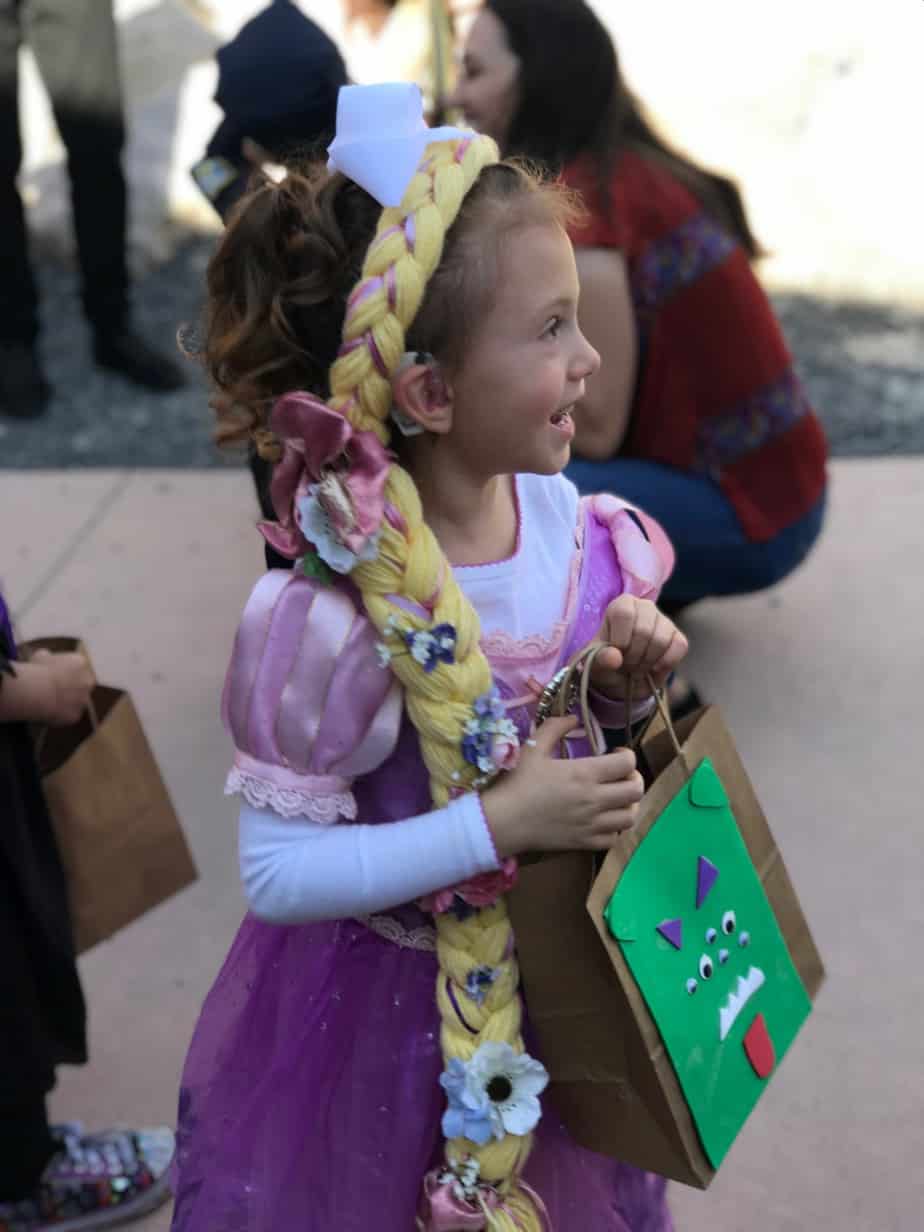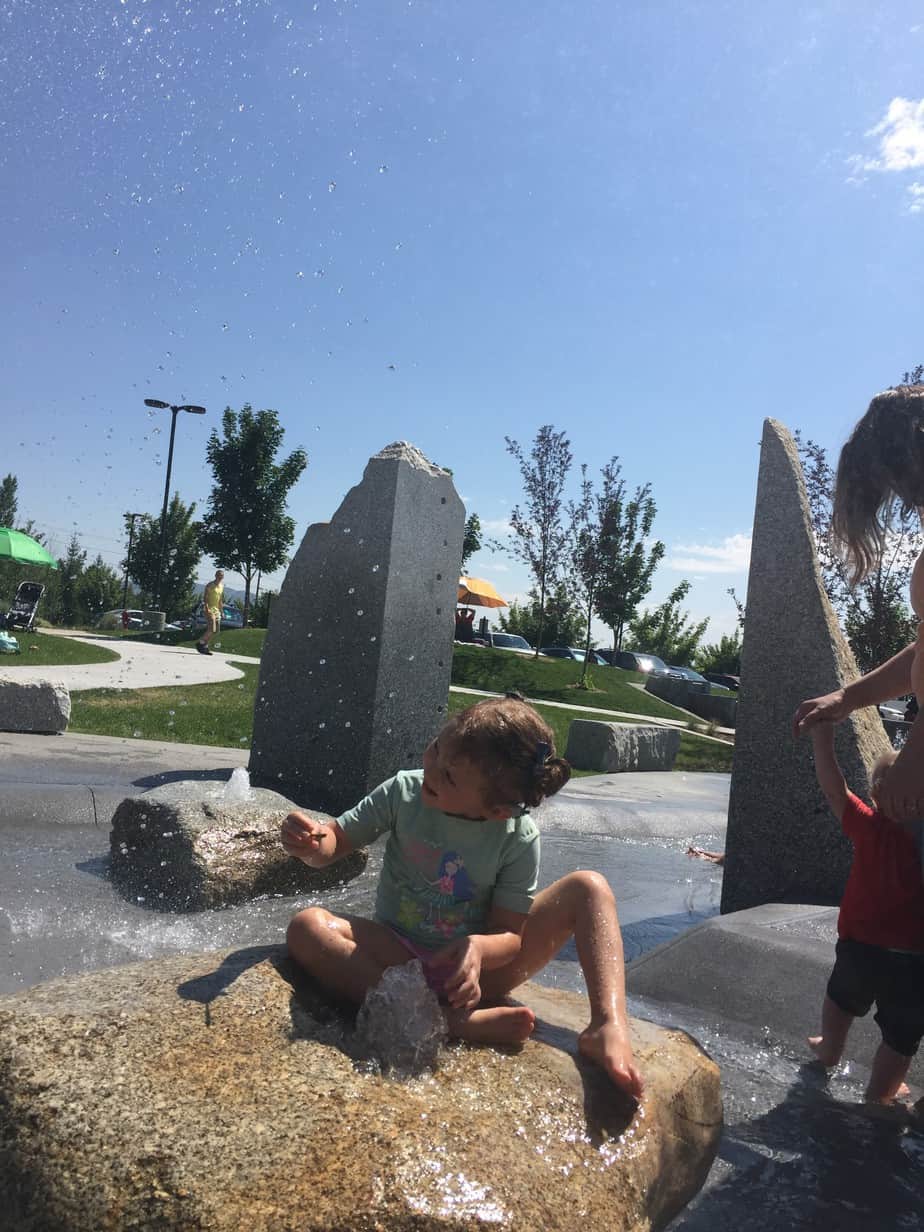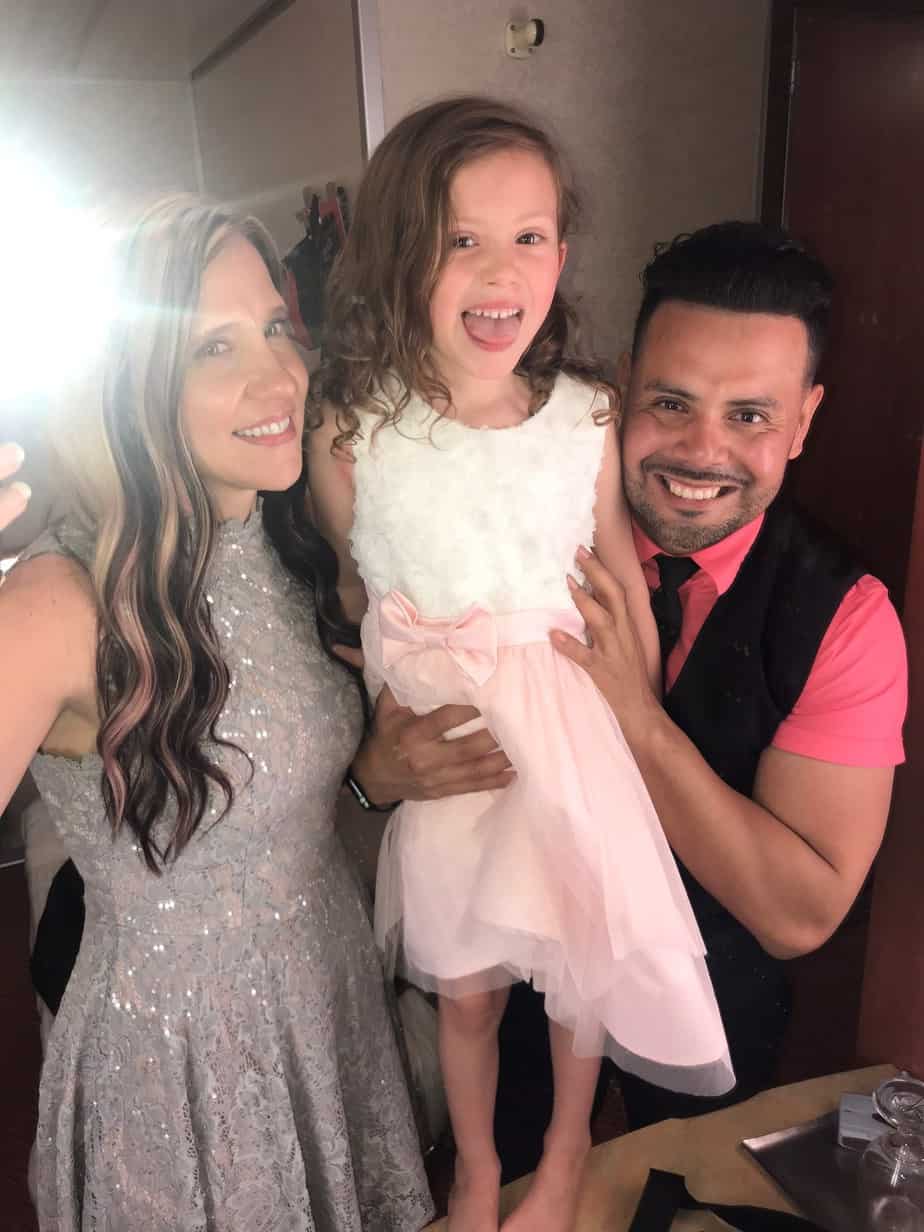Julie R. looks back on her daughter’s hearing journey from hearing aids to Cochlear Implants. Liviana, being born with enlarged vestibular aqueduct syndrome, had hearing loss that was frustrating for her in both school and daily life. One day, Liviana told Julie that she just “want[s] to hear better,” prompting Julie and her husband to look for the next solution. See how Cochlear Implants gave Liviana the joy of hearing back:
“When Liviana was born, she failed her newborn hearing screening and the follow up test two weeks later. They recommended we come back to get an auditory brainstem response test (ABR). After speaking with a few friends who also had children that failed their hearing screenings due to fluid, and being uneducated on the matter, we decided to wait. When she was 10 weeks old, she was in the hospital for something else and we mentioned she had failed the newborn screening and asked for the ABR. She was then diagnosed with a moderate to severe sloping sensorineural hearing loss. She finally got her first hearing aids a week before she was four months old.
At seven months old, her ear, nose and throat doctor (ENT) referred her for an MRI where we learned EVA (enlarged vestibular aqueduct syndrome) was the cause of her hearing loss. She also has Mondini dysplasia (malformed cochleas). They did another ABR at the same time as the MRI and found that her hearing had a slight drop, and she needed more powerful hearing aids. We were also told by her ENT not to expect her to keep her hearing long, because many kids with that significant of a hearing loss with EVA ended up losing the rest of their hearing pretty quickly.
Drops in hearing
 Her speech was developing great and then she would have a drop in hearing. We felt like we embraced her deafness, but with every drop, we felt like we were mourning her loss all over again. We also signed with Liv since she was a baby, knowing that she could lose her hearing at any time and not knowing if her hearing aids would help her hear or not. But, it was obvious that she loved hearing. When she turned 3 years old, she attended the listening and spoken language preschool at our local school of the deaf. She started having a hard time at school and would get upset and cry, but we knew she loved school. We did not know it at the time, but her hearing was fluctuating and her hearing loss had progressed to profound. Luckily, her teacher was on top of it and referred her for testing.
Her speech was developing great and then she would have a drop in hearing. We felt like we embraced her deafness, but with every drop, we felt like we were mourning her loss all over again. We also signed with Liv since she was a baby, knowing that she could lose her hearing at any time and not knowing if her hearing aids would help her hear or not. But, it was obvious that she loved hearing. When she turned 3 years old, she attended the listening and spoken language preschool at our local school of the deaf. She started having a hard time at school and would get upset and cry, but we knew she loved school. We did not know it at the time, but her hearing was fluctuating and her hearing loss had progressed to profound. Luckily, her teacher was on top of it and referred her for testing.
That same night she came to me saying, ‘I want to hear better, I want to hear better…’ and then she mentioned something about cochlear implants. I was shocked that she understood what cochlear implants were. She had friends at school with cochlear implants, but I was surprised she knew they might help her hear better. As parents, we were nervous about cochlear implants, but that conversation was a slap in the face and the wake-up call that we needed to start seriously considering them. We continued to use sign language with her, but the more she spoke, the less sign language she used.
Soul-searching leading to Cochlear Implants
We were fortunate by this time to have a strong team, including both her preschool teacher and school audiologist that showed us a cochlear implant would most likely benefit her. It took a lot of soul searching, research and talking with other parents of children who had been through a similar journey, but we finally decided to take the leap of faith. Her hearing fluctuated at times, but then it would remain stable for a while.
Once we decided that she would be getting the cochlear implant, we had the overwhelming task of choosing a brand. This of course was a really important decision, as she would use the device the rest of her life. We had many friends who had chosen Cochlear, and they all spoke really highly of them. We liked that they had been around such a long time, and we really liked the accessories that came with the Cochlear™ Nucleus® 6 Sound Processor.
Our only regret is that we did not implant her sooner when she first became a candidate.
The joy of hearing water splash
 When Liviana first got her implant, there was an adjustment period. Although she seemed to like it during activation and was able to understand some of what we were saying, she did not like it right away. She actually refused to wear it mostly in the beginning. I had to bribe her, until one day we went to play in the water at a splash pad. She loved it when she was younger, but over the last year whenever we would go, she would just end up playing in the dirt instead of the water. Her old hearing aids could not get wet, so the kids would run up from behind and scare her.
When Liviana first got her implant, there was an adjustment period. Although she seemed to like it during activation and was able to understand some of what we were saying, she did not like it right away. She actually refused to wear it mostly in the beginning. I had to bribe her, until one day we went to play in the water at a splash pad. She loved it when she was younger, but over the last year whenever we would go, she would just end up playing in the dirt instead of the water. Her old hearing aids could not get wet, so the kids would run up from behind and scare her.
When our friends invited us that day, I told them if Liv ended up being frustrated, we were just going to leave. We decided to try out her new Aqua+* for her Nucleus 6 Sound Processor, and she LOVED it. She was the happiest little girl I had seen in a long time. She was so excited; she kept saying, ‘I can hear it…’ pointing at the water. Then she just sat there in it, letting it spray all over her. I will never forget that moment.
I took her back to the splash pad every day after that for about a week or so. The more she kept her Cochlear Implant sound processor on in the water, the more she enjoyed listening with it. That was the turning point for her.
We started planning to get an implant for her other ear. She remembered getting her first Cochlear Implant and was really nervous, but she would not admit it. Finally, when it was getting close she told me, ‘Mom, I am feeling nervous, but I REALLY still want my second Cochlear Implant.’ She ended up adjusting very quickly to the second Cochlear Implant. She understood pretty much everything with it by the second day, so much so that I forgot she was just wearing her new one. We tested her in the booth at one-week post activation, and she was hearing at 15-25 db.
Speech and articulation improvement
Her articulation improved greatly with her first Cochlear Implant, but after receiving her second just nine months later, at age 4 1/2, her articulation just really took off. Unlike before her Cochlear Implants, she is now able to hear consistently, and she is so much happier. Our only regret is that we did not implant her sooner when she first became a candidate.
Liv’s favorite accessories are obviously her Aqua+ and her True Wireless™ Mini Microphone 2+. Her Mini Mic makes it easier to hear in loud places. I am still amazed at how well she hears in noisy environments even without her Mini Mic.
In awe of this girl
 Now I look at this little girl and I am just seriously in awe of her. When she was born, we never knew what her future would look like. Yes, we knew she would be amazing no matter what and that she would overcome whatever obstacles got in her way, but now to see her sing and dance all over the place is priceless. She absolutely loves music, karaoke, singing and performing and being on stage. She is really smart and an amazing reader. She loves to read and turn the words into songs. I just cannot imagine her any other way.
Now I look at this little girl and I am just seriously in awe of her. When she was born, we never knew what her future would look like. Yes, we knew she would be amazing no matter what and that she would overcome whatever obstacles got in her way, but now to see her sing and dance all over the place is priceless. She absolutely loves music, karaoke, singing and performing and being on stage. She is really smart and an amazing reader. She loves to read and turn the words into songs. I just cannot imagine her any other way.
When Liv was losing her hearing, she was heartbroken. But, watching what Cochlear Implants have given back to her seems almost too good to be true. Now she is almost 6 years old. She will be mainstreamed in school with her peers for kindergarten this fall. When she grows up, she wants to be an astronaut and go to the moon. After watching what this girl has accomplished, I have no doubt she can be anything she wants to be!”

